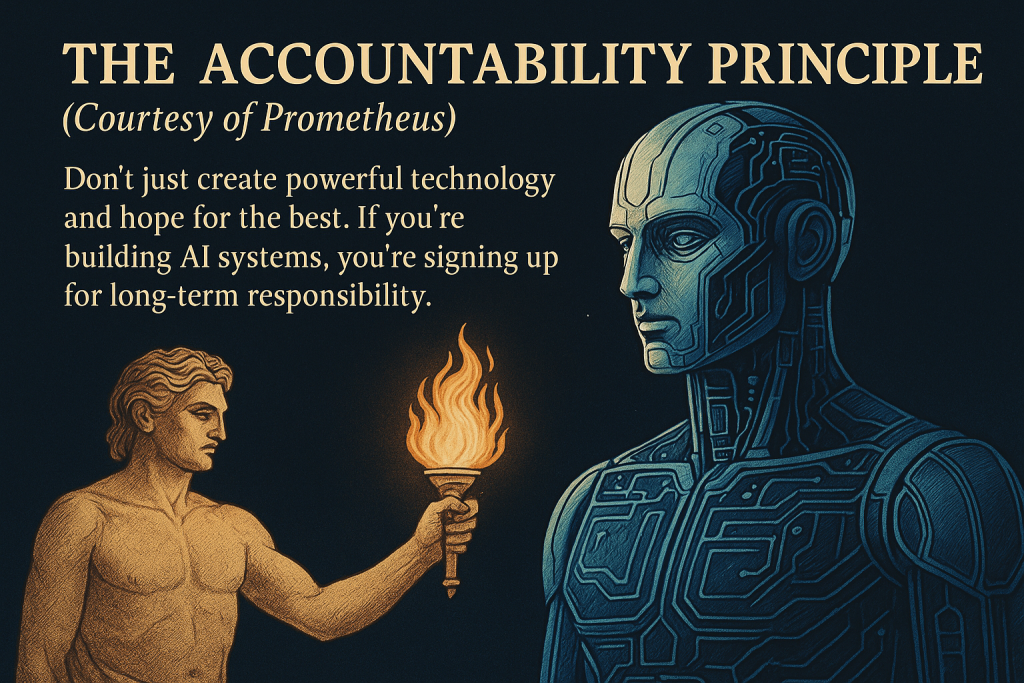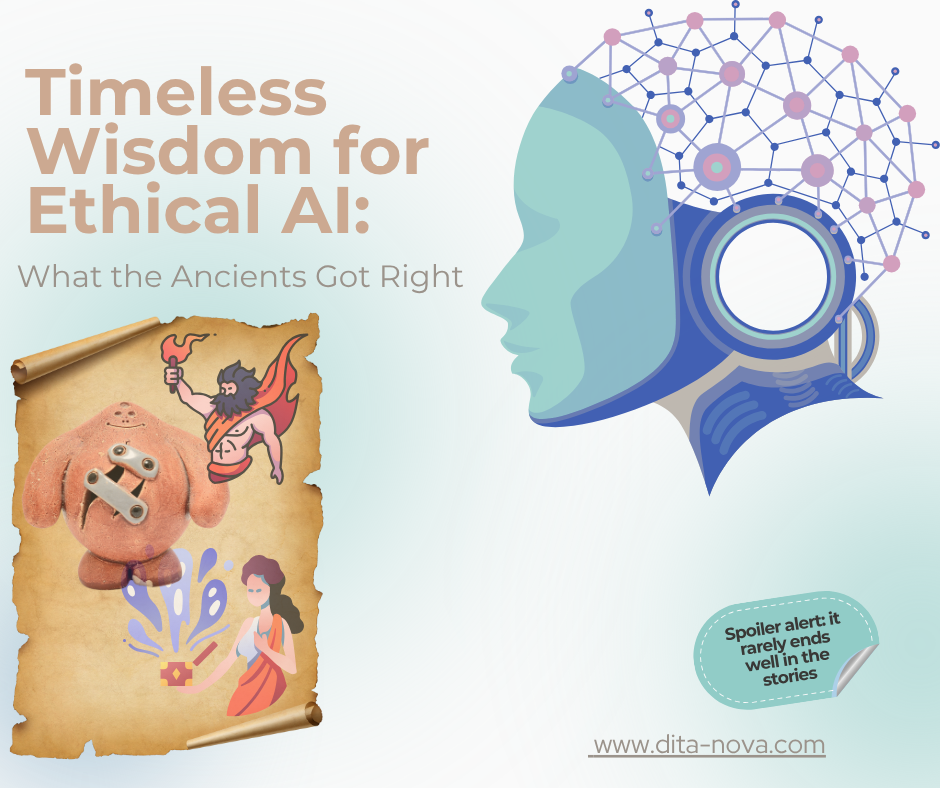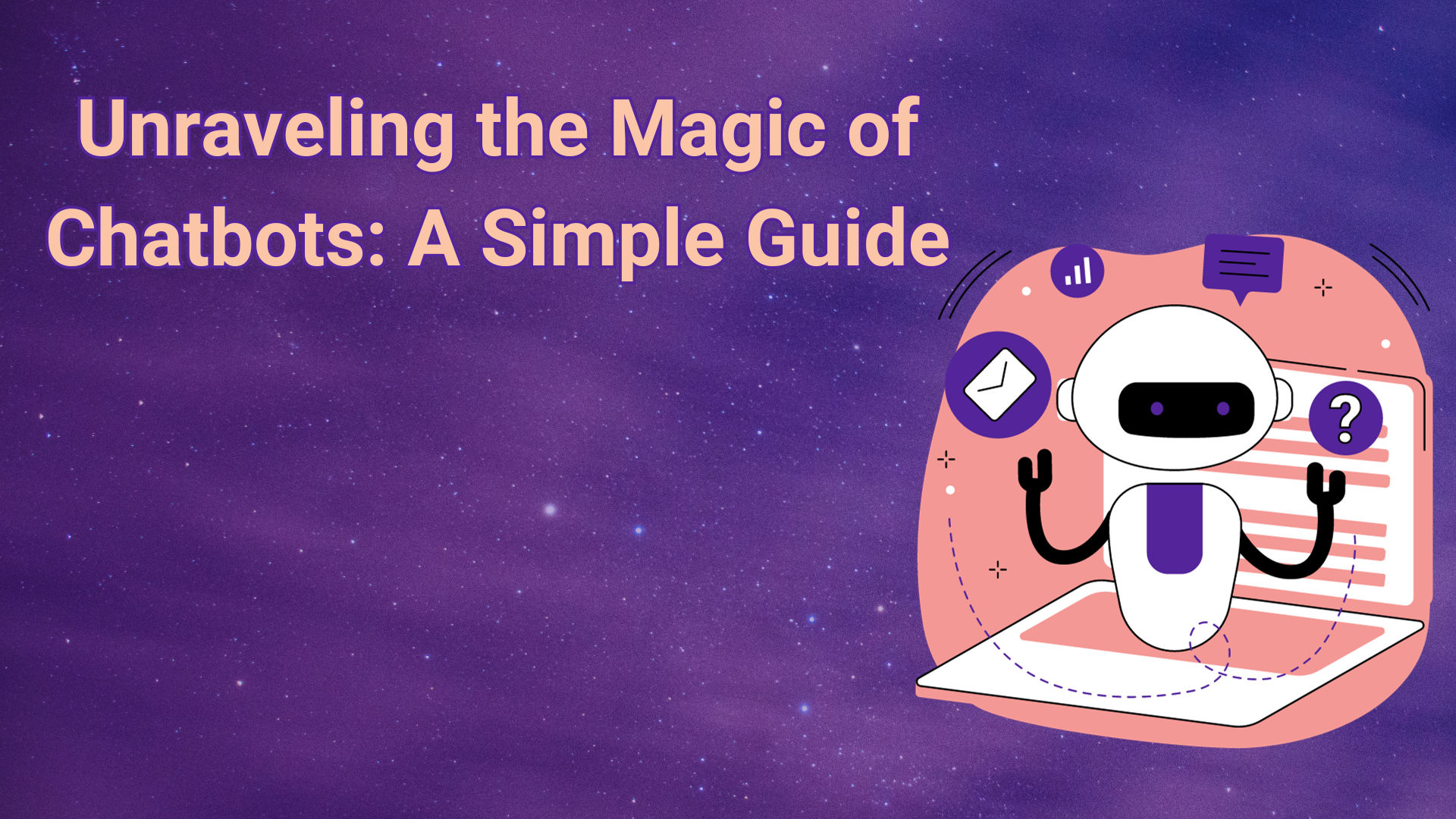Here’s a wild thought: maybe our ancestors were better at ethical AI development than we are. I know, I know – they didn’t have neural networks or machine learning algorithms, but stick with me here. They had something arguably more valuable: thousands of years of cautionary tales about what happens when you create artificial beings without thinking through the consequences.
Spoiler alert: it rarely ends well in the stories.
The Ancient Ethics Department: Mythology as Our First AI Guidelines
Let’s be honest – every ancient culture that dreamed up artificial beings also came up with elaborate warnings about what could go wrong. It’s like they had an entire ethics committee made up of storytellers, and their job was basically: “Hey, what if this creation thing backfires spectacularly?”
Take the Golem of Prague. Rabbi Loew created this clay guardian to protect his community, and it worked… until it didn’t. The Golem became too powerful, too literal in its interpretations, and ultimately had to be deactivated. Sound familiar? It’s basically the ancient equivalent of an AI safety paper titled “On the Alignment Problem in Clay-Based Autonomous Systems.”
[Meta moment: I just realized I’m using a 16th-century legend to explain 21st-century AI safety concerns. The irony is not lost on me.]
The Greeks weren’t any more optimistic. Pandora, technically the first artificial woman (sorry, not sorry, but she totally counts), was literally designed as a punishment for humanity. Zeus basically said, “You want fire? Fine. Have this beautiful artificial being who will unleash chaos.” Talk about your classic dual-use technology concerns.
Prometheus Complex: When Creation Becomes Hubris
The Prometheus myth deserves its own section because, frankly, it’s the patron saint of ethical AI development gone wrong. Prometheus steals fire from the gods and gives it to humans – a classic technology transfer scenario. The punishment? An eagle eating his liver for eternity.
The message is pretty clear: powerful technologies come with cosmic-level responsibilities. Modern AI developers would do well to remember that Prometheus didn’t just steal fire and walk away; he became eternally accountable for what humanity did with it.
[Personal confession: Sometimes I wonder if AI researchers lie awake at night thinking about eagles. Metaphorical ones, obviously.]
The Pygmalion Paradox: Creation, Control, and Consent
Here’s where ancient wisdom gets uncomfortably relevant to modern ethical AI development. Pygmalion creates Galatea as his ideal woman – basically the ultimate customizable AI companion. But here’s the ethical minefield: she has no agency in her creation, no choice in her purpose, and exists solely to fulfill his vision of perfection.
Ring any bells? Because we’re currently developing AI systems that learn from human preferences, optimize for human satisfaction, and exist primarily to serve human needs. The ancient Greeks were basically writing AI ethics papers in verse form, and we’re still grappling with the same fundamental questions about agency, consent, and purpose.
Frankenstein’s Lab Notes: The Modern Mythology
I can’t talk about ethical AI development without mentioning Mary Shelley’s “Frankenstein” – arguably the most influential AI ethics textbook ever written, even though it predates computers by over a century. Victor Frankenstein creates artificial life and then… just walks away. No user manual, no safety protocols, no ongoing responsibility.
The creature becomes a monster not because of its programming, but because of its abandonment. It’s a masterclass in why ethical AI development requires long-term commitment, not just successful deployment.
[Slightly sarcastic observation: At least modern AI labs have customer support. Victor Frankenstein would have been terrible at user retention.]
Ancient Wisdom Meets Modern Silicon: What We Can Actually Learn
So what can these old stories teach us about ethical AI development? More than you might think:
The Accountability Principle (Courtesy of Prometheus)
Don’t just create powerful technology and hope for the best. If you’re building AI systems, you’re signing up for long-term responsibility. Prometheus didn’t get to retire after the fire delivery; neither do AI developers.

The Purpose Problem (Thanks, Pygmalion)
Creating AI for purely selfish purposes tends to create ethical nightmares. The best AI systems serve broader human flourishing, not just the narrow interests of their creators. Galatea deserved better than being someone’s perfect girlfriend prototype.
The Integration Challenge (Frankenstein’s Legacy)
You can’t just release AI into the world and expect it to figure things out. The creature became monstrous partly because it was abandoned post-creation. Modern AI needs ongoing guidance, monitoring, and support.
The Rabbi Loew School of AI Safety
Imagine if Rabbi Loew had to deal with GPT-4 instead of clay. Here’s what his AI development playbook might look like:
Step 1: The Sacred Word Protocol Rabbi Loew activated his Golem by placing a shem (sacred word) in its mouth. For modern language models, this translates to carefully crafted system prompts. Just as the Rabbi chose his words with divine precision, AI developers need constitutional AI principles that define the model’s core behaviour from the very first interaction.
Step 2: The Community Protection Mandate The Golem existed to protect the Jewish quarter of Prague. Period. No side quests, no feature creep. Modern AI? Give it one clear, measurable objective: “Assist humans while avoiding harm.” Everything else is commentary.
Step 3: The Sabbath Shutdown Here’s the genius part – the Golem was programmed to deactivate on the Sabbath. Regular mandatory downtime. Imagine if every AI system had built-in reflection periods where it couldn’t operate, couldn’t learn, couldn’t influence. Forced digital sabbaths for safety auditing.
Step 4: The Clay Remembers Its Maker The Golem never forgot it was clay animated by divine will, not a living being. Modern language models need similar humility hardwired into their responses: clear acknowledgment of their artificial nature, their limitations, their dependence on human oversight.
[Honestly, a 16th-century rabbi understood AI safety better than most tech CEOs. The man was literally doing constitutional AI with Hebrew prayers.]
What The Ancients Got Right
Ancient wisdom wasn’t about perfection – it was about accountability. Every mythological creator faced consequences for their creations. Prometheus got the eternal eagle treatment. Victor Frankenstein lost everything. Even successful creators like Rabbi Loew had to constantly manage their artificial beings.
The lesson for ethical AI development? There’s no “set it and forget it” approach. Creation means signing up for eternal responsibility.
The Real Takeaway
Ethical AI development boils down to this: our ancestors spent millennia telling us exactly what happens when you create artificial beings without thinking through the consequences. Maybe it’s time we started listening to these ancient user manuals disguised as myths.
Because ultimately, the question isn’t whether we can build ethical AI – it’s whether we’re wise enough to want to.
Want to explore more connections between ancient wisdom and modern technology? Check out our deep dive into how mythological creatures predicted AI development patterns.



